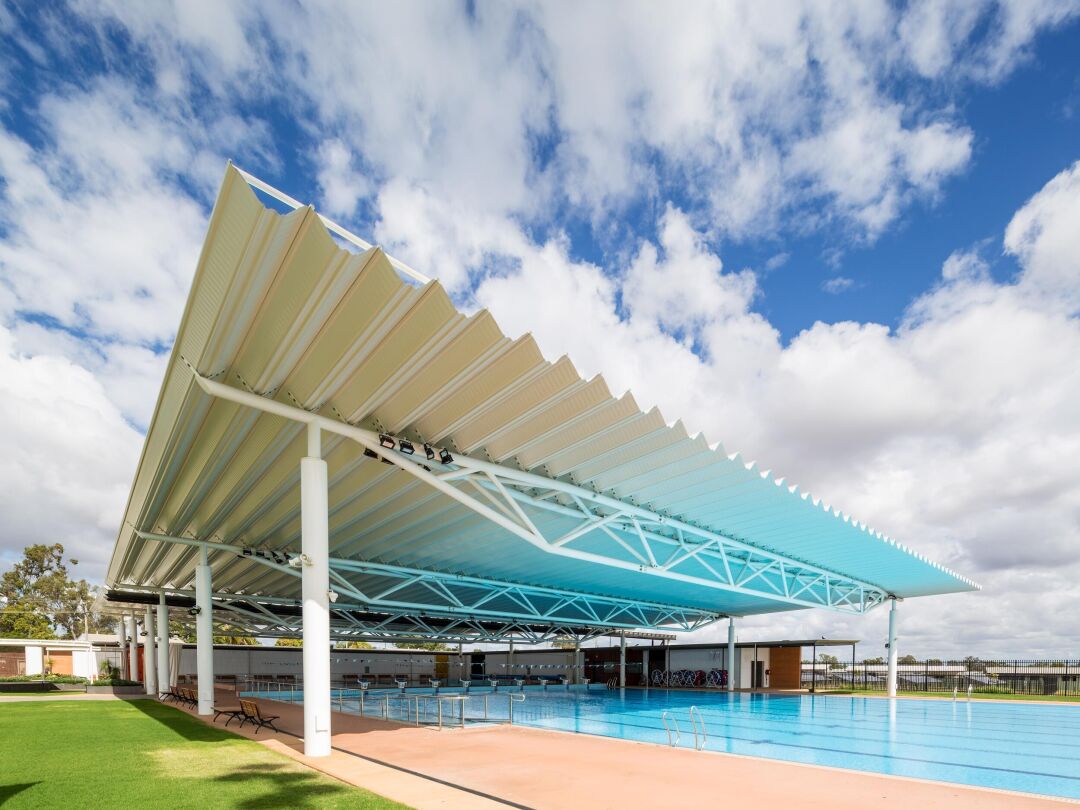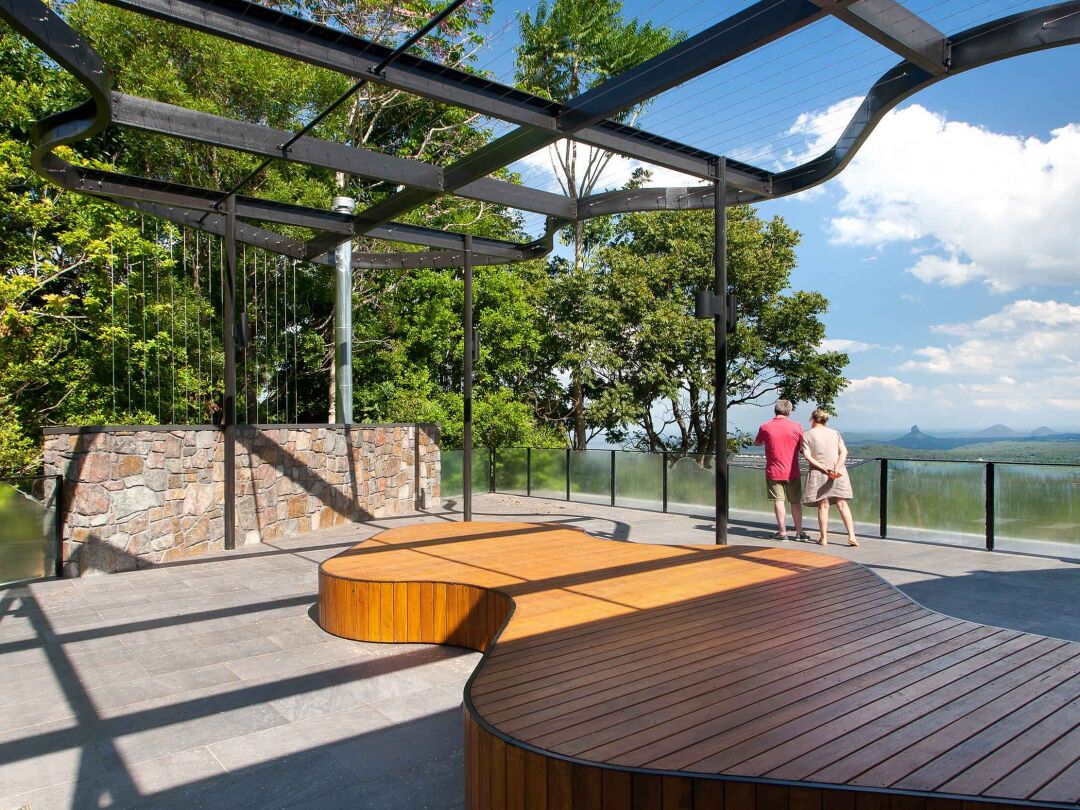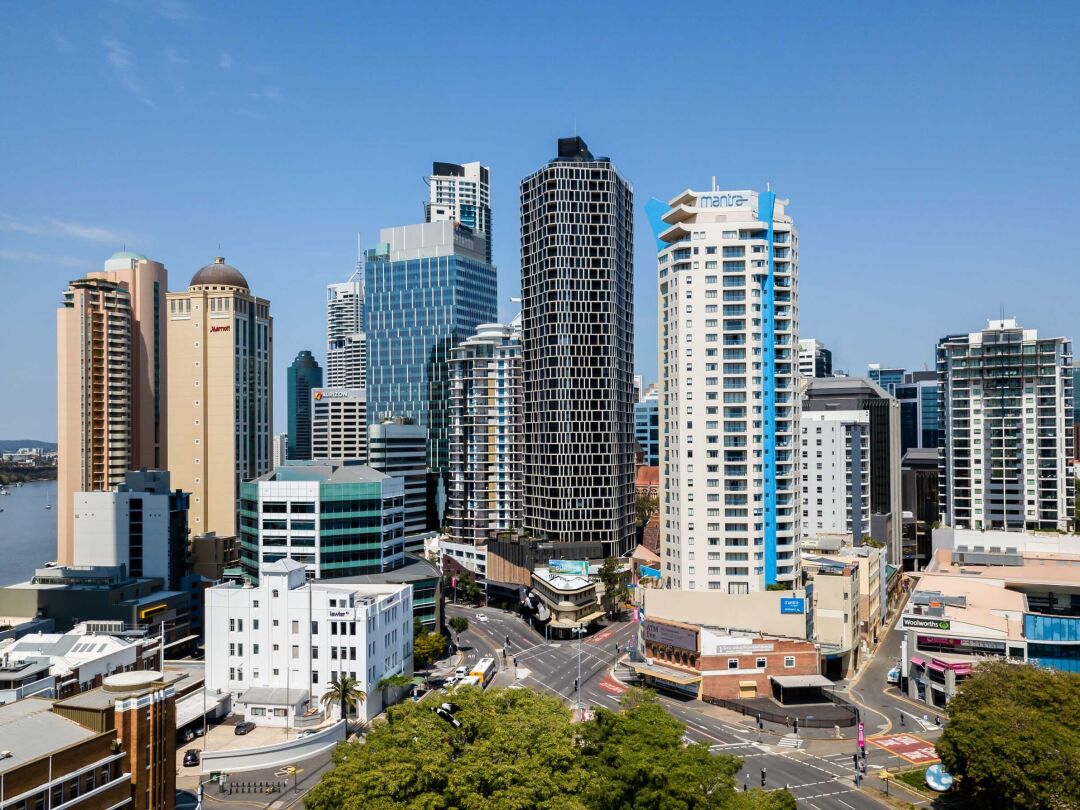
Hutchiesjobswinbigin2018QueenslandArchitectureAwards
News
Architects play a pivotal role in our society. Hutchies has always recognised and supported that. We've sponsored the Australian Institute of Architects' Queensland Awards since 1989 because we value the impact architecture has on our communities and enjoy the long-term relationships we have nurtured with many of the country's best designers.
As per usual we are thrilled to have been the builder of some of the best projects as recognised by the 2018 Queensland Architecture Awards on Friday night in Brisbane. With a notable focus on regional projects this year, we are humbled and proud that these jobs are being acknowledged for their stand out design innovations, sensitivity to location and community ownership.
Of the five accolades our projects received, 4 were awards - including the top awards in the Public Architecture and Sustainable Architecture categories. These will progress to the Institute's National Architecture Awards held in November.
Congratulations to all and we look forward to the results later in the year.
PaulTrotter,QLDChapterPresident,AustralianInstituteofArchitectsArchitecture has the unique ability to impact upon people’s lives and create a legacy for future generations, this year’s award winners can all be proud of that achievement.
ScottHutchinson,Chairman,HutchinsonBuildersThe first year Hutchies sponsored the Queensland Architecture Awards [1989] I saw the Molonga Terrace house that Don Watson had designed. It won best building out of everything and then went on to win the Robin Boyd. The head judge John Simpson said that when the architectural judges went in there, they felt humbled. I thought to myself this house must be special. Two years later when it came on the market, I bought it and it was our family home for twenty years.
Winners
Public Architecture
FDG Stanley Award for Blackwater Aquatic Centre by Liquid Blu Architects
State Commendation for Mary Cairncross Scenic Reserve by Guymer Bailey Architects
Residential Architecture – Multiple Housing
State Award for Spire Residences by John Wardle Architects
Sustainable Architecture
Harry Marks Award for Mary Cairncross Scenic Reserve by Guymer Bailey Architects
State Award for Blackwater Aquatic Centre by Liquid Blu Architects
Projects
#Blackwater Aquatic Centre

Awards Jury Citation /
FDG Stanley Award for Public Architecture
Providing a small mining community with a cool place of respite and aquatic activities for all ages, the bulwark-like outer layer of rammed earth walls wrap themselves around three elevations affording refuge from the harsh environment.
The building makes a positive contribution to this community, with the architecture responding sensitively to the climate and its rural context. It is seen as a generous public asset, a welcome refuge and oasis within an otherwise remote and harsh setting.
#Mary Cairncross Scenic Reserve
by Guymer Bailey Architects
Harry Marks Award for Sustainable Architecture
State Commendation for Public Architecture

Awards Jury Citation /
Harry Marks Award for Sustainable Architecture
Environmental and species management plans were adopted for endemic and endangered flora and fauna species to promote conservation and preservation of the site's natural habitat.
The project was conceived through extensive community consultation and collaboration, delivered with the utmost respect to the site's Indigenous and European history and environmental setting. As such, the facility has been enthusiastically embraced by all visitors and user groups.
#Spire Residences
by John Wardle Architects
State Award for Residential - Multiple Housing

In the Architects' words /
This dynamic residential tower defines the northern gateway of Brisbane’s commercial district.
The tower speaks two languages, one at street level to its cultural heritage neighbours for vibrant street activity and another, towards its younger and taller companions for centralised city living.
The undulating facade is conceived as a net that expands horizontally in response to the plan curves, privacy, sun shading and view lines. The staggered net pattern is set at the scale of an apartment occupant whilst framing views.